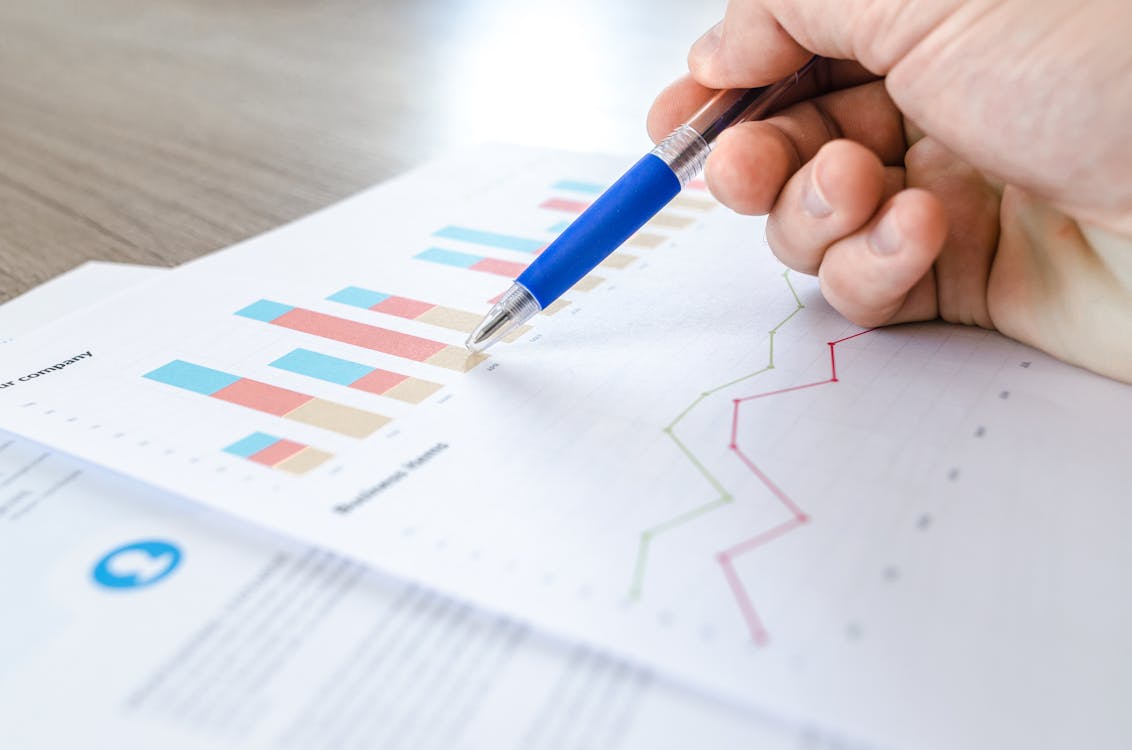Data Analysis vs. Data Analytics: Understanding the Differences
Distinguishing Features
The Scope and Focus of Data analysis and Data analytics
Data Analysis:
- Primarily concerned with the examination of historical data.
- Focuses on understanding past events and their implications.
Data Analytics:
- Encompasses historical, predictive, and prescriptive analytics.
- Aims to not only understand what happened but also predict and prescribe what should happen in the future.
Objectives and End Goals Data analysis and Data analytics
Data Analysis:
- Seeks to provide insights into past events and performance.
- Useful for summarizing historical data and identifying trends.
Data Analytics:
- Goes beyond past analysis to make predictions and provide recommendations.
- Supports decision-making by offering actionable insights and forecasts.
Methodologies and Tools
Data Analysis:
- Utilizes techniques like data cleaning, transformation, and statistical analysis.
- Common tools include Microsoft Excel, statistical software, and basic data visualization.
Data Analytics:
- Leverages advanced techniques such as machine learning and artificial intelligence.
- Requires a more robust data infrastructure and often involves programming languages like Python or R.
Real-Life Scenarios
Data Analysis in Practice
Data analysis is frequently applied in scenarios where understanding past performance is critical, such as:
- A retail company analyzing sales data to determine the most popular products during specific seasons.
- A marketing team reviewing historical customer engagement data to assess the effectiveness of past advertising campaigns.
Data Analytics in Action
Data analytics, with its forward-looking capabilities, finds application in various fields, including:
- An e-commerce platform using machine learning to recommend products based on user browsing and purchase history.
- An insurance company using data analytics to predict and manage risks associated with policyholders, optimizing coverage and premiums.
Conclusion
Harmonizing Data Analysis and Data Analytics
Data analysis and data analytics are not competing forces; they are complementary. Data analysis helps us understand the past, while data analytics empowers us to anticipate the future and make informed decisions based on predictions and prescriptions.
Embracing the Data-Driven Future
In a world awash with data, the ability to distinguish between data analysis and data analytics is a valuable skill. As we continue to navigate the data-driven future, these two approaches will play an integral role in deciphering the ever-growing volume of data that surrounds us, guiding our choices and shaping our understanding of the world.






Leave a Comment